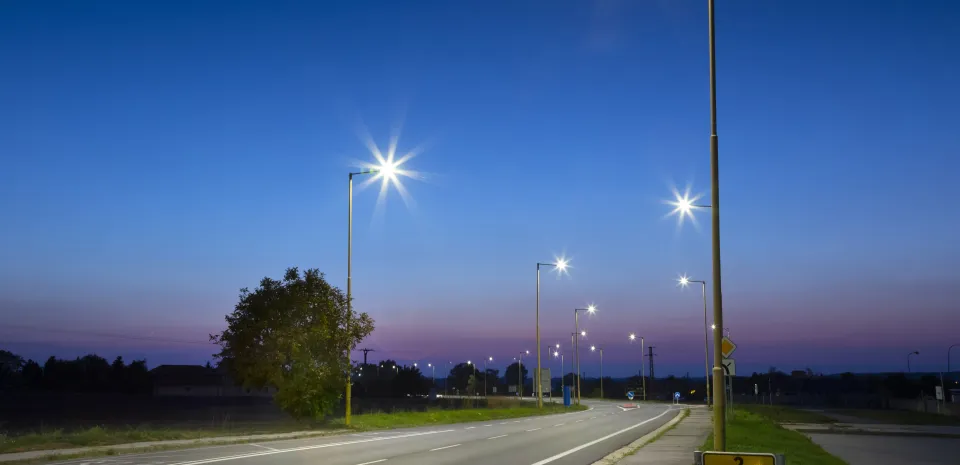About the ESS
The Energy Savings Scheme (ESS) is part of the NSW Energy Security Safeguard. It offers financial incentives to help households and businesses reduce their energy use.
How the ESS works
The ESS works by creating a market for Energy Savings Certificates (ESCs).
Scheme participants must surrender ESCs to meet their energy savings target. This creates demand for ESCs.
ESCs represent energy savings from eligible activities carried out in homes or businesses. For example, installing more efficient air conditioning.
Accredited Certificate Providers (ACPs) work with consumers to carry out these activities. They offer a discount for carrying out the activity in return for becoming the ‘energy saver’. As the energy saver, the ACP can create and sell ESCs.
Governance of the ESS
IPART is the Scheme Administrator and Scheme Regulator. Our responsibilities include:
- accrediting businesses to create ESCs (ACPs)
- accepting some products for use
- managing the online registry of certificates
- approving auditors and measurement and verification professionals
- monitoring scheme participant compliance
- consulting with stakeholders.
NSW DCCEEW is responsible for setting the policy and legal framework for the ESS. It develops the rules and legislation, reviews the scheme and consults with stakeholders to improve how the scheme works.
Auditors check compliance and performance under the ESS. Audits:
- confirm ESCs result in genuine reductions in energy consumption
- provide reasonable assurance that scheme participants are reporting accurately.
